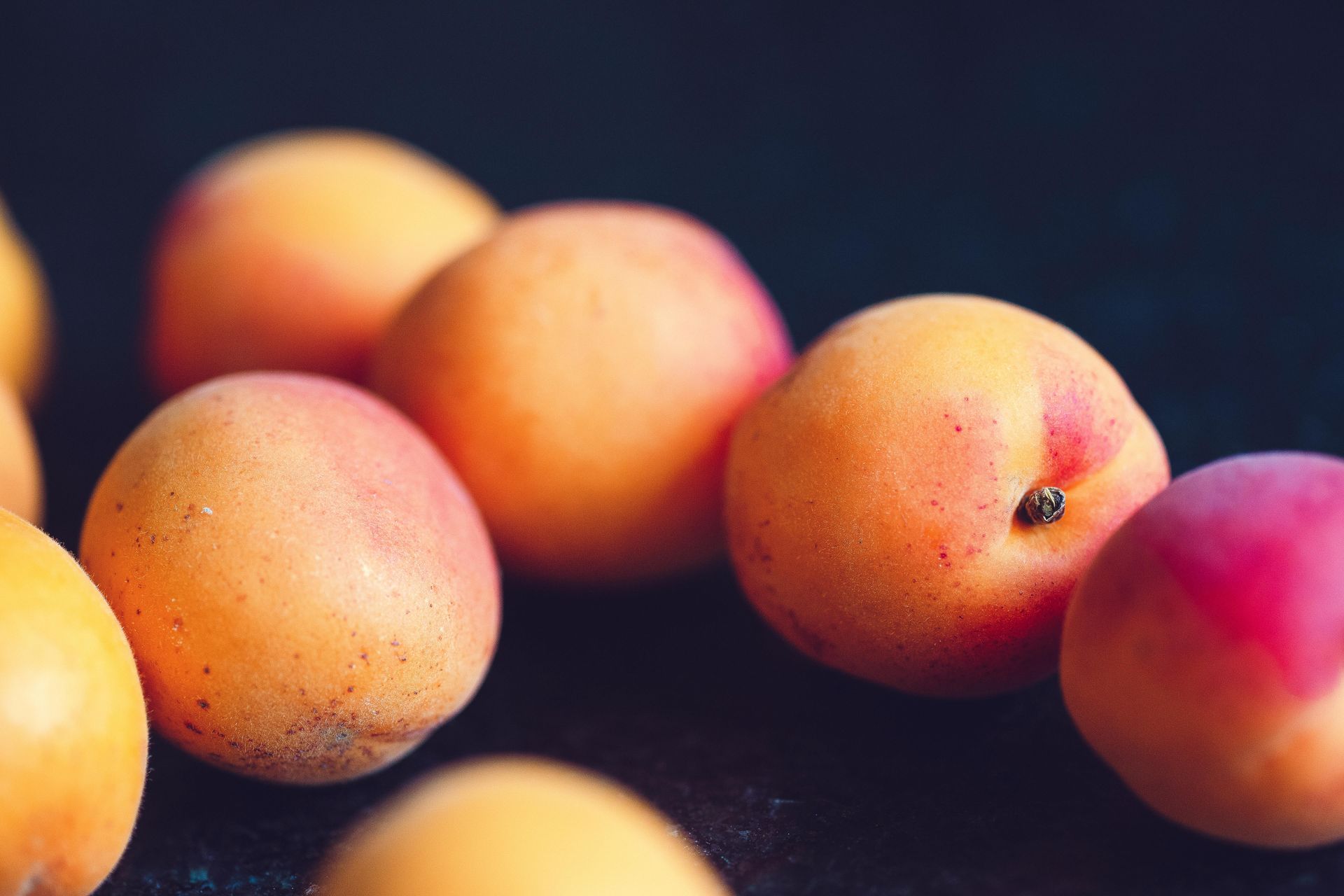Food poisoning news
And how to keep your food sector business safe
Poor food storage, preparation, and hygiene all lead to food poisoning. And food poisoning can kill, as revealed by a shocking recent incident where three family members, including an eight year old boy, died of it near Mumbai in India. There’s been another food poisoning fatality, this time in Nepal, where a teen died and his brother was hospitalised. But it isn’t just something that happens abroad.
According to the Food Standards Agency there are 2.4 million cases of food poisoning in the UK every year, and it’s worse in summer simply because of higher temperatures. Here’s the food hygiene news, along with a top tip to help keep your food sector business safe from hygiene-based legal action.
Eating raw chicken in Japan comes with serious risks
As reported by the Japanese media, Japan's health ministry is asking people to be more careful after a sharp increase in food poisoning caused by Campylobacter, a bacterium found in raw and part-cooked chicken. It isn’t unusual during Japan’s rainy season, from late May to early July, but this year experts say there’s been a sudden rise, blaming it on more people eating out thanks to the relaxation of covid restrictions.
Campylobacter is frequently found in raw or not-fully-cooked meat dishes like sashimi, Korean yukhoe and lightly seared tataki, and while it isn’t usually fatal it can make older and younger people very ill. The bacteria can even leave you with Guillain-Barre syndrome, with breathing difficulties, paralysed limbs, and a paralysed face.
Campylobacter affects around 2000 people a year in Japan, leading to some regions insisting on much stricter hygiene standards around eating raw chicken, with 70% of cases arising from restaurants. The director of Japan's Hazard Analysis and Critical Control Point Training Centre goes further, saying it’s best not to eat raw chicken sashimi in the first place.
There are also serious financial and business ramifications to poisoning a person with food. In Japan one man left with impaired limbs was awarded around USD $710,000 in compensation.
Did you realise our low-cost, cheap to run UVC sanitisation units kill Campylobacter jejuni ATCC 43429 stone dead? It’s good to know!
The cause of a food poisoning cluster in the East of England
Earlier this year a cluster of food poisoning cases was reported in the East of England, caused by a Salmonella enteritidis infection, one of several types of salmonella killed by our UVC units within minutes. The original outbreak was traced to one restaurant, but other people infected didn’t eat there.
A research paper in
Eurosurveillance reports that out of the 65 cases, 43 were linked to the restaurant, 25 of which were confirmed and 18 defined as ‘probable’. 22 more cases couldn’t be linked to the restaurant. The data also revealed bigger risks of infection among the 25 people whose food included egg or chicken
The raw eggs used in garlic mayonnaise and naan bread fell under suspicion, pinned as the ‘main source’ of the restaurant outbreak. On tracing the supplier they found the eggs came from Poland. The researchers concluded the restaurant cases came from a single exposure, either through one batch of contaminated eggs or because of ‘failure to adhere to hygiene procedures in one instance’.
Investigators have asked the restaurant owners to find another source of eggs, preferably UK-laid at a properly-certified farm.
It’s good to know our units also kill Salmonella anatum, Salmonella derby, and Salmonella infantis, all of which infect people via human poo, plus Salmonela paratyphi or Enteric fever, and Salmonella typhosa, also called Typhoid fever.
And that’s our tip for the UK’s foodservice sector and anyone else operating in the food industry: talk to our experts, fit our UVC units, and benefit from a fast and highly effective way to kill pathogens before they reach anyone’s restaurant, shop, or dinner table.










